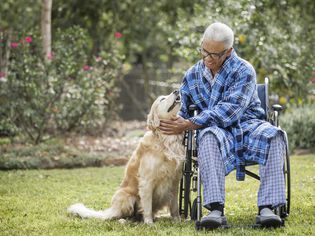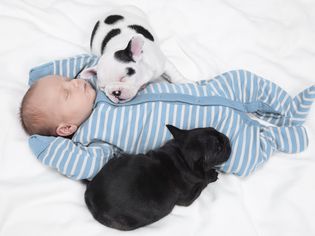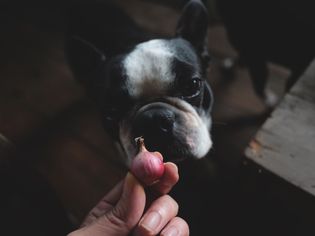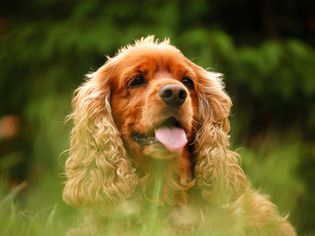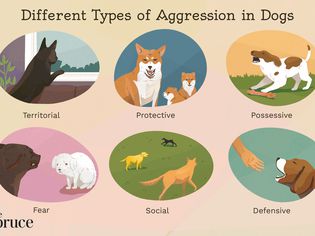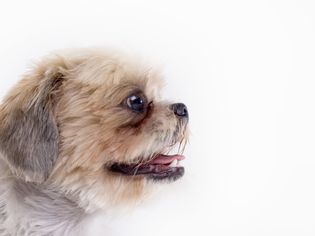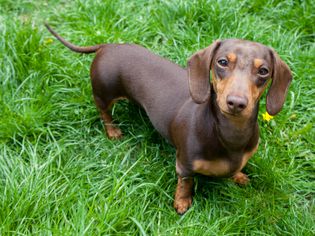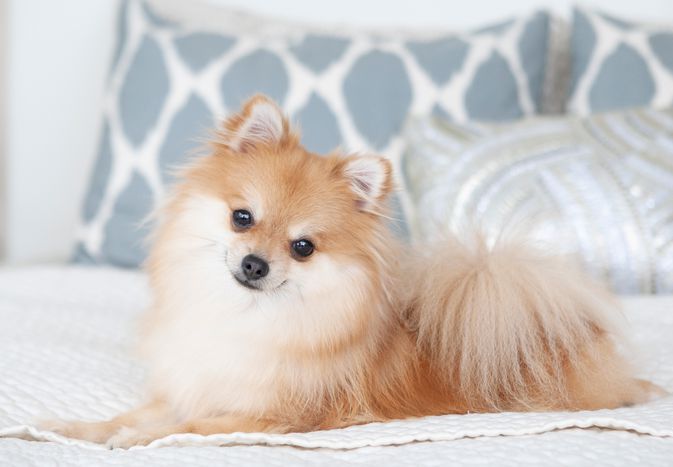The Belgian Malinois (pronounced Ma-Luhn-Waa) is a medium-sized herding dog with boatloads of athleticism, energy, and smarts. These sheepdogs from Belgium thrive when they have a job, making them excellent candidates for police and military operations.
What makes them good working dogs—the intelligence and vitality, namely—might rule the Belgian Malinois out for many potential pet parents, particularly those who are too busy to give their dogs plenty of activity and attention to prevent boredom and destructive behaviors. Ever-loyal Mals need committed, active people who are willing to provide hours of mental and physical stimulation daily.
Learn all about the Belgian Malinois, from their history and temperament to their care needs and more.
Breed Overview
GROUP: Herding
HEIGHT: 22 to 24 inches (female); 24 to 26 inches (male)
WEIGHT: 40 to 60 pounds (female); 60 to 80 pounds (male)
COAT: Short, smooth double coat
COAT COLOR: Fawn, mahogany, red, red sable, or fawn sable with a black mask
LIFE SPAN: 14 to 16 years
TEMPERAMENT: Intelligent, active, loyal
HYPOALLERGENIC: No
ORIGIN: Belgium
Characteristics of the Belgian Malinois
The Belgian Malinois' temperament is marked by their high energy level. They need lots of mental stimulation and physical activity every day.
These dogs generally have a moderately affectionate and friendly personality, and they form strong bonds with their primary owners. As long as they are treated well and aren’t abused, they won’t turn on their family.
While these dogs have characteristics similar to the German shepherd, the breeds have a different head shape, and the Belgian Malinois is leaner and has shorter fur.
| Affection Level | Medium |
| Friendliness | Medium |
| Kid-Friendly | Medium |
| Pet-Friendly | Medium |
| Exercise Needs | High |
| Playfulness | Medium |
| Energy Level | High |
| Trainability | High |
| Intelligence | High |
| Tendency to Bark | Medium |
| Amount of Shedding | Medium |
History of the Belgian Malinois
The Belgian Malinois is one of four Belgian shepherd varieties alongside the Tervuren, the Groenendael, and the Laekenois. These Belgian shepherds date back to the 1800s, and the Malinois get their name from the city of Mechelen (Malines) where they were developed. Breeders were looking to create a strong herding dog and protector with a steadfast work ethic.
The Malinois first arrived in the United States in the early 1900s, but their shot-lived popularity dissipated after World War II. But their popularity rose again in the 1960s after the American Kennel Club recognized the Malinois in 1959.
By the turn of the 21st century, Belgian Malinois were commonly seen working as police dogs, military dogs, drug-detection dogs, and search-and-rescue dogs. The Secret Service even employs them to patrol the White House grounds. Plus, Belgian Malinois are part of Navy SEAL teams, including the one that killed Osama bin Laden in 2011.
Belgian Malinois Care
The Belgian Malinois is not the right breed for everyone. These dogs generally aren’t well-suited to living in an apartment because they need lots of space to run and play. They’re best for owners with an active lifestyle who can provide plenty of ways for the dogs to exercise their minds and bodies. These dogs also require proper training and socialization to ensure they are well-mannered. And their grooming is fairly simple.
Exercise
It is essential for Belgian Malinois to receive vigorous daily exercise and mental stimulation. Otherwise, they might become anxious or develop behavior problems, such as:
- Chewing or gnawing on objects and furniture
- Digging in the yard
- Being destructive around the house
Aim for at least one to two hours of exercise per day, including:
- Brisk walks
- Running
- Hiking
- Playing fetch
This breed also is an excellent candidate for dog sports or any activity that involves focus and endurance to challenge their brains and bodies. This includes:
- Agility
- Dock diving
- Rally
- Flyball
- Lure coursing
- Obedience
Be aware that the Belgian Malinois’ herding instinct might create a tendency to chase cars, bikes, and other moving objects. So they must be kept on leash or in a secure fenced area. It’s best to have a large yard with a tall and secure fence, as this will give your dog the space to run and play without needing to worry about their safety.
Grooming
Grooming is likely the easiest part of owning a Belgian Malinois. They have a short, straight, weather-resistant coat with a dense undercoat.
In general, little more than basic grooming is necessary. Plan to brush at least weekly to remove loose fur and prevent mats. Shedding often increases as the weather changes in the spring and fall, necessitating more regular brushing and vacuuming.
Baths are only necessary when your dog gets dirty, as bathing too often can cause the skin to dry out.
Check whether your dog needs a nail trim roughly once a month. Some dogs can go longer between nail trims if they naturally wear down their nails through activity, such as walking on pavement. Also, aim to brush their teeth daily to help prevent tooth and gum problems, and work with your vet to determine when your dog needs professional dental cleanings and checkups.
Training
In general, this breed is highly trainable, intelligent, and eager to please. They respond well to positive reinforcement and consistent instruction.
Training and socialization should begin early in Belgian Malinois’ puppyhood. Enroll in a puppy obedience class as soon as your dog meets the age requirement, and expose your dog to different people, other animals, and situations. Belgian Malinois don’t always get along with other dogs, but having positive exposure to other dogs from a young age can help.
Are Belgian Malinois good with kids?
This breed isn’t always appropriate for families with children. Their high herding instinct can cause them to nip at kids’ heels.
Even if you don’t have kids, it’s important to train your dog to be well-mannered around children so you’re always able to safely control situations.
Also, ensure children who interact with your dog know how to do so safely and gently. Kids shouldn’t wrestle these dogs, try to sit on them or ride them, or take away their toys or food.
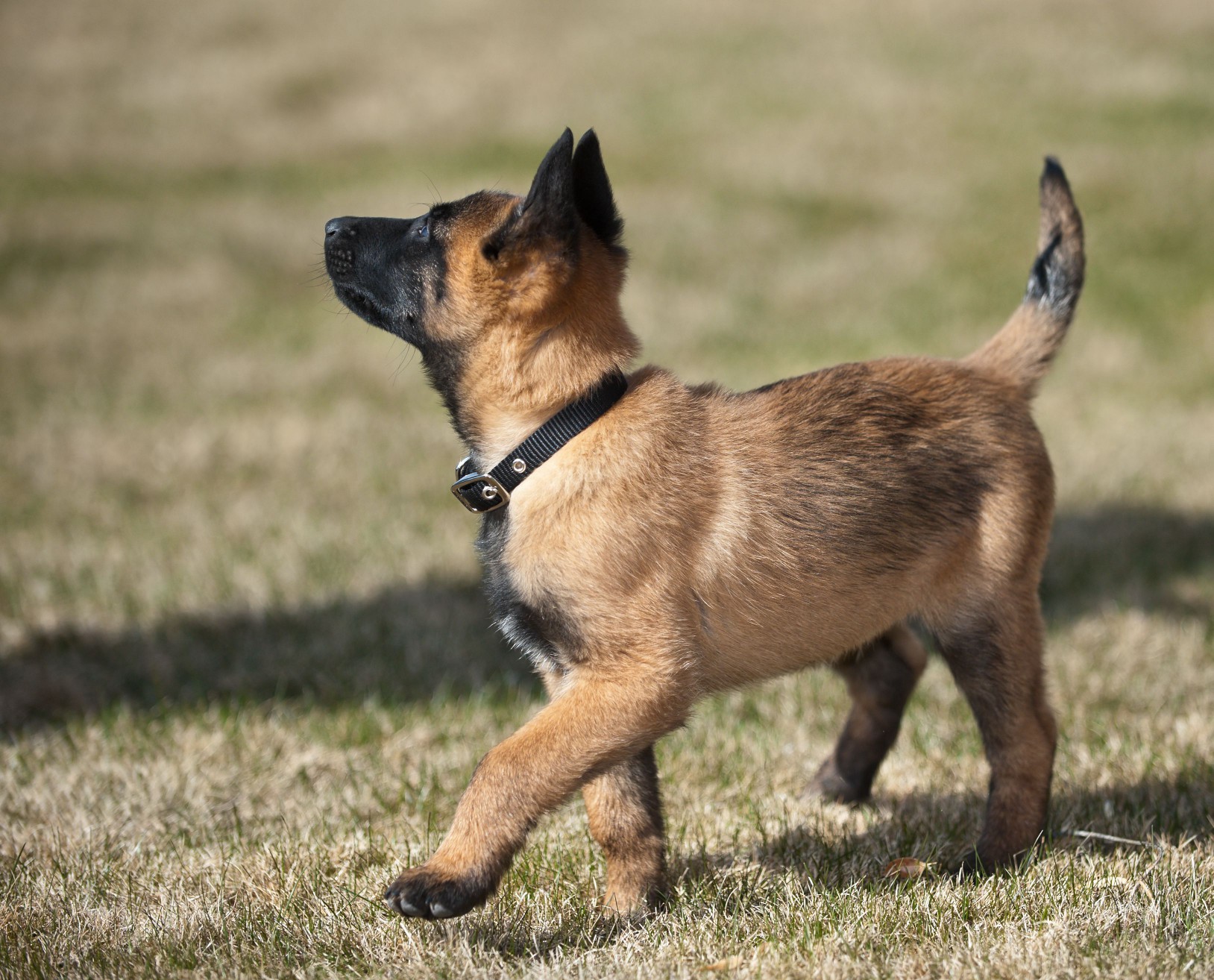
Ron Armstrong / Getty Images
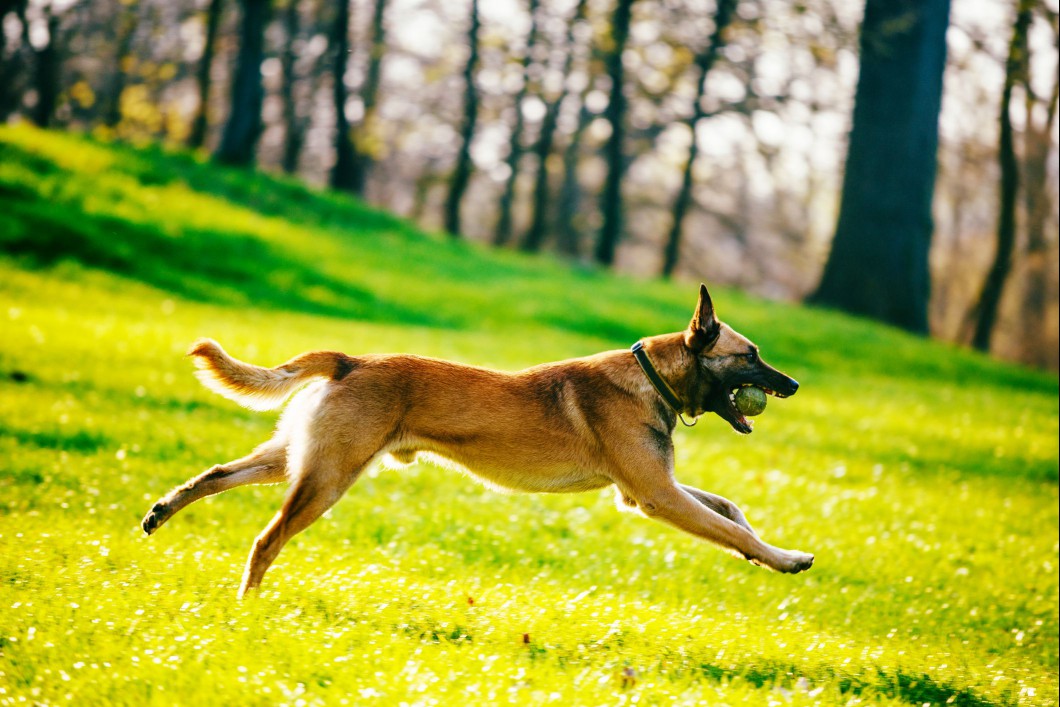
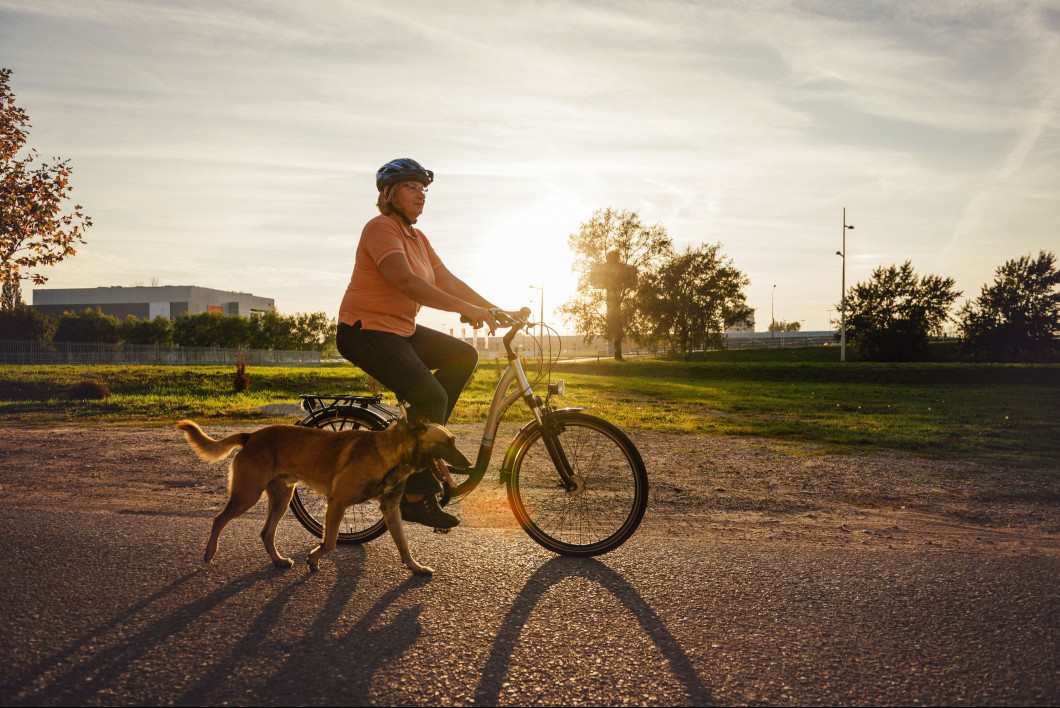
Common Health Problems
Some hereditary health problems can occur in the breed. You should be aware of:
- Hip and elbow dysplasia: These inherited orthopedic conditions cause improper development of the hips or elbows, resulting in symptoms like pain and difficulty moving.
- Eye problems: This breed can develop eye problems like cataracts, progressive retinal atrophy, persistent pupillary membrane, and pannus.
- Cancer: Cancers can impact all dogs, and this breed is at risk of hemangiosarcoma, which can develop anywhere in the body.
- Anesthesia sensitivity: This breed can be sensitive to anesthesia, so that’s something to talk to your vet about if your pet needs to undergo a procedure or surgery that involves anesthesia.
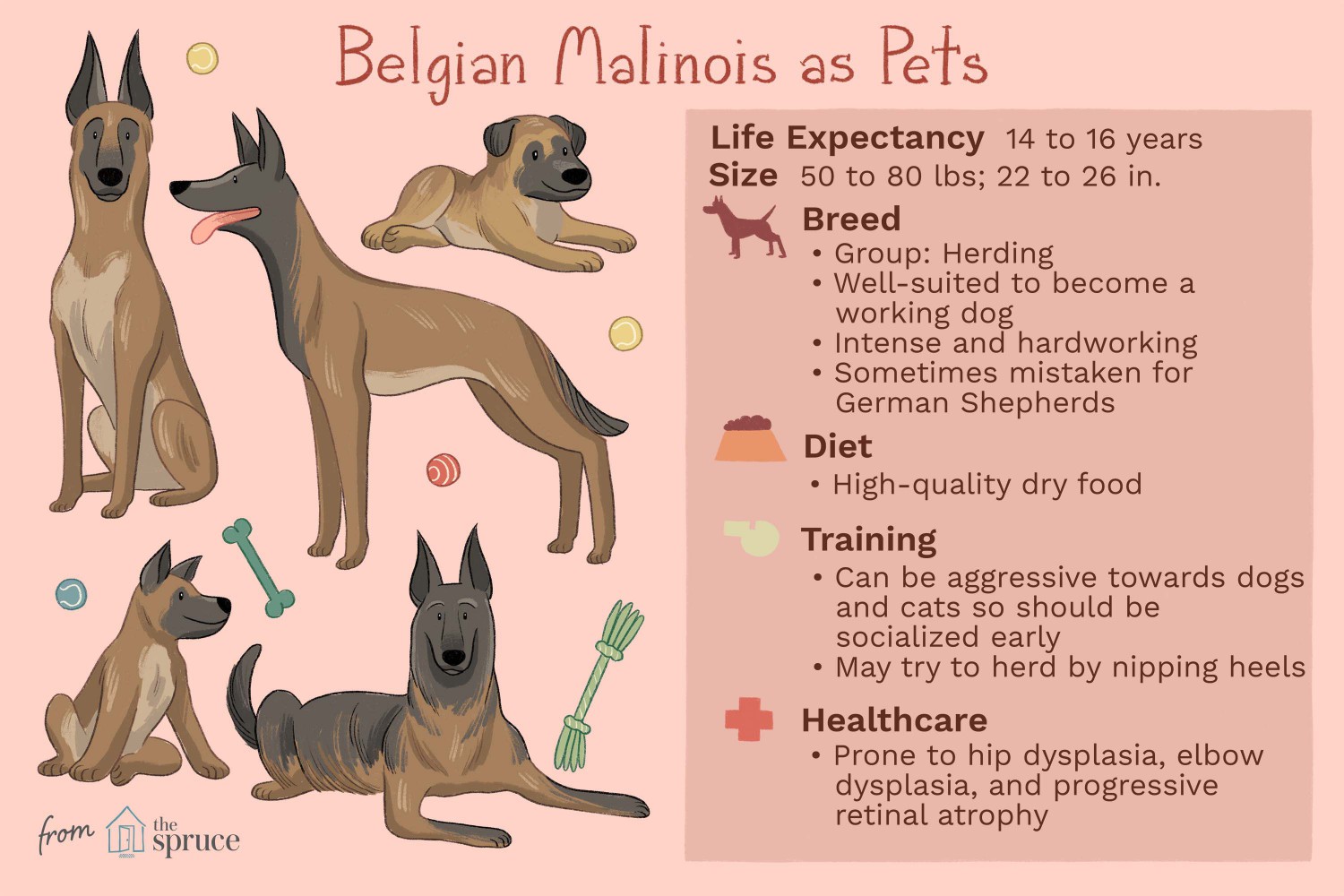
The Spruce / Kelly Miller
Diet and Nutrition
Always make sure your dog has access to fresh water. Feed a high-quality, nutritionally balanced canine diet; most people feed two meals per day.
Discuss the variety and quantity with your veterinarian, as this can vary based on age, size, activity level, and other factors. And be sure to account for treats in your dog's daily caloric intake to prevent overeating.
Where to Adopt or Buy a Belgian Malinois
Check local animal shelters and breed-specific rescue groups for a Belgian Malinois in need of a home.
If you're looking for a breeder puppy, expect to pay around $2,000 or more, though the price can vary widely depending on bloodline and other factors.
For further information to help connect you with a Belgian Malinois, check out:
- American Belgian Malinois Club
- American Belgian Malinois Rescue
Belgian Malinois Overview
Belgian Malinois can be excellent companions for the right pet parents, but they have specific requirements that many people can’t meet. Therefore, before you bring one home, carefully consider whether or not you’ll be able to give this dog what they need.
Pros of the Belgian Malinois
- Smart and trainable
- Loves a job
- Only needs basic grooming
- Bonds strongly with family
- Generally healthy
Cons of the Belgian Malinois
- High physical and mental exercise needs
- High prey drive
- May not be appropriate for children
- Can develop behavior problems if bored
- Not suitable for apartment living
More Dog Breeds and Further Research
As with any breed, if you think the Belgian Malinois is right for you, be sure to do your research before you get one. Talk to your veterinarian, other Belgian Malinois owners, reputable breeders, dog trainers, and rescue groups to learn more.
If you're interested in similar breeds, check out:
- German Shepherd
- Dutch Shepherd
- King Shepherd
- Australian Kelpie
There’s a whole world of potential dog breeds out there—with a little research, you can find the right one to bring home!
- Are Belgian Malinois good family dogs?
For an active family, the Belgian Malinois can be a good dog. But all family members need to know how to act with such a high-energy dog. Mals are quite intense with a high prey drive and instinct to chase and herd. They often don't do well around rambunctious children and might become nippy.
How much does a Belgian Malinois cost?Prices for Belgian Malinois puppies often depend on their bloodlines, whether they were bred to work or compete in a canine sport. If you're looking to buy a dog who will help you do police work or conduct search-and-rescue missions, it's gonna cost a pretty penny, such as over $3,000.
Who should not own a Belgian Malinois?Here are the people who shouldn't own a Mal: people who are away from home most of the day; people who can't provide enough training or exercise; people with small, rambunctious children; and people who live in apartments or condos.

